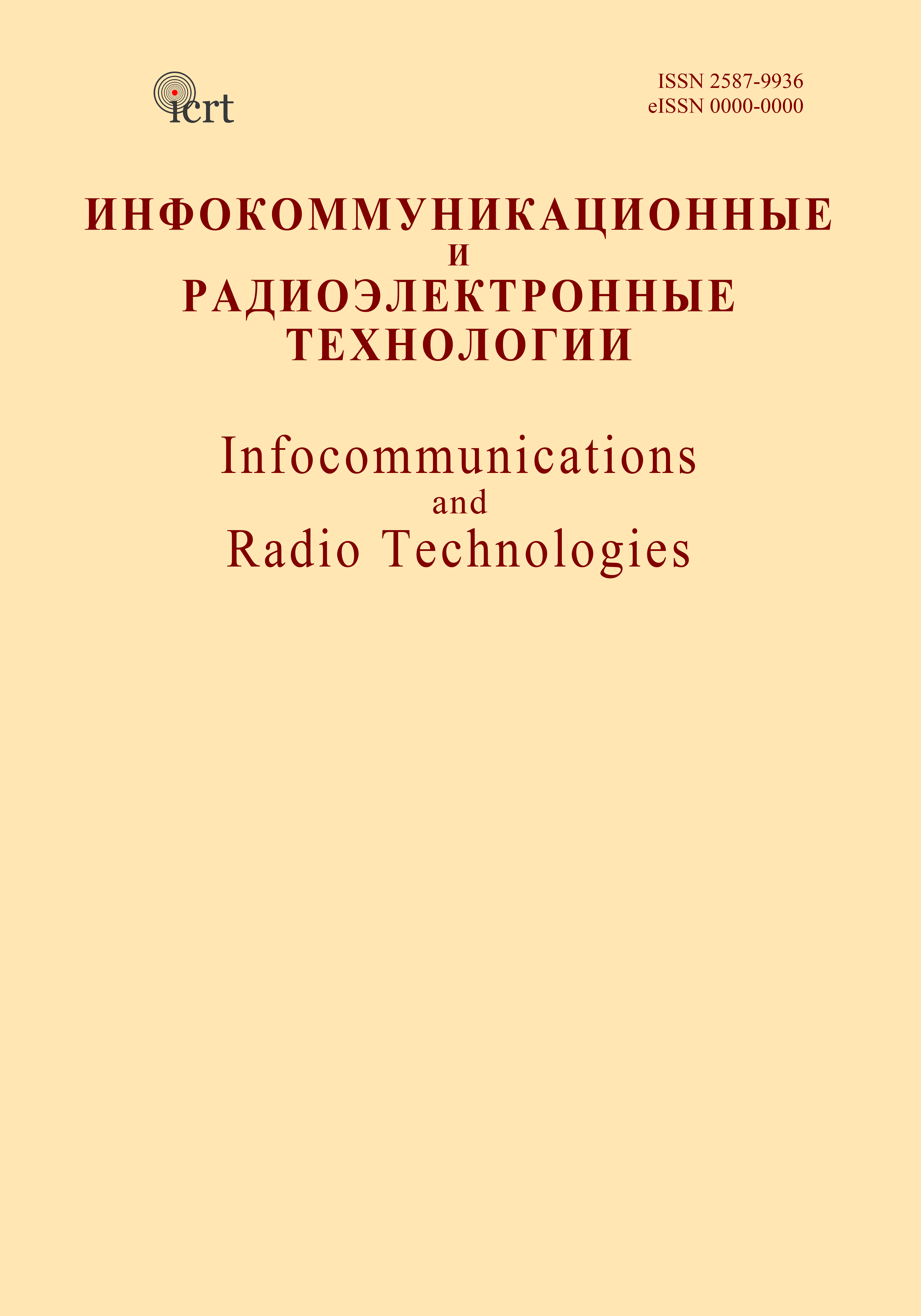Snezhinsk, Chelyabinsk, Russian Federation
Snezhinsk, Chelyabinsk, Russian Federation
Snezhinsk, Chelyabinsk, Russian Federation
Snezhinsk, Chelyabinsk, Russian Federation
Snezhinsk, Chelyabinsk, Russian Federation
Snezhinsk, Chelyabinsk, Russian Federation
Photoemission cells with high sensitivity to photons in the ultraviolet (UV) range of the spectrum have a wide range of practical applications in accelerator technology and generators of ultrashort electromagnetic pulses in the microwave range. The potential benefits of using UV photocathodes in these areas of technology are determined by such a combination of their properties as high electrical strength and high quantum efficiency. The report presents the results of experimental studies of the characteristics of photocathodes based on magnesium-barium (Mg-Ba) alloys and cesium iodide (CsJ). Photocathodes were fabricated by thermal vacuum sputtering on polished stainless steel substrates. It is shown that the dielectric strength of vacuum gaps with UV cathodes is significantly higher than with antimony-cesium cathodes in the visible range of the spectrum (for CsJ cathodes – 2.5 times, for Mg-Ba cathodes – more than three times). The quantum efficiency of Mg-Ba cathodes is ~1% at a wavelength of 247 nm, and that of CsJ cathodes is 7.5% at a wavelength of 196 nm. The results of studies of the dynamics of a decrease in the quantum efficiency of photocathodes under repetitively pulsed irradiation with laser pulses with a fluence 6 μJ/cm2. The characteristics of photocathodes are compared from the point of view of their practical applications.
photoemissive elements, generators of ultrashort electromagnetic pulses, magnesium-barium alloy, cesium iodide, thermal vacuum sputtering, electrical strength, quantum efficiency
1. S. H. Kong, J. Kinross-Wright, D. C. Nguyen, and R. L. Sheffield, “Photocathodes for free electron lasers,” Nuclear Instruments and Methods in Physics Research Section A: Accelerators, Spectrometers, Detectors and Associated Equipment, vol. 358, no. 1-3, pp. 272-275, Apr. 1995, doi:https://doi.org/10.1016/0168-9002(94)01425-6.
2. P. Michelato, “Photocathodes for RF photoinjectors,” Nuclear Instruments and Methods in Physics Research Section A: Accelerators, Spectrometers, Detectors and Associated Equipment, vol. 393, no. 1-3, pp. 455-459, Jul. 1997, doi:https://doi.org/10.1016/s0168-9002(97)00545-7.
3. E. Shefer, A. Breskin, A. Buzulutskov, R. Chechik, M. Klin, and M. Prager, “Laboratory production of efficient alkali-antimonide photocathodes,” Nuclear Instruments and Methods in Physics Research Section A: Accelerators, Spectrometers, Detectors and Associated Equipment, vol. 411, no. 2-3, pp. 383-388, Jul. 1998, doi:https://doi.org/10.1016/s0168-9002(98)00350-7.
4. O. Mete, Study and Experemental Characterisation of a Novel Photo Ingector for the CLIC Drive Beam. PhD thesis, EPFL, 2011.
5. T. Srinivasan-Rao et al., “Performance of magnesium cathode in the S-band RF gun,” Proceedings of the 1997 Particle Accelerator Conference, 1997, vol. 3, pp. 2790-2792, doi:https://doi.org/10.1109/PAC.1997.752767.
6. T. M. Lifshitz and N. G. Kokina, “Photocathodes for ultraviolet detection based on magnesium-barium alloys,” Radiotekhnika i elektronika, 1958, no. 9, pp. 1199-1203. (In Russ.).
7. T. M. Lifshits, N. G. Kokina, and N. M. Politova, “Photoelectric properties of magnesium alloys with barium,” Radiotekhnika i elektronika, vol. 1960, no. 8, pp. 1267-1274. (In Russ.).
8. N. G. Kokina, T. M. Lifshits, “Method for manufacturing a photocathode for recording ultraviolet radiation,” A. c. 118425 (USSR), IPC: H01J 1/34, H01J 9/121958. Published 01/01/1958. (In Russ.).
9. A. M. Bishaev et al. “Photocathode operating in the ultraviolet region of the spectrum,” A. c. 1758704A1 (USSR), IPC: H01J 40/06. Published 08/30/1992. Bull. No. 32. (In Russ.).
10. V. G. Tkachenko, A. I. Kondrashev, and I. N. Maksimchuk, “Advanced metal alloy systems for massive high-current photocathodes,” Applied Physics B, vol. 98, no. 4, pp. 839-849, Jan. 2010, doi:https://doi.org/10.1007/s00340-009-3887-z.
11. V. G. Tkachenko, I. N. Maksimchuk, V. V. Shklover, G. A. Katrich, and V. V. Klimov, “Photoemissive properties of binary magnesium-barium and aluminium-lithium metallic alloys,” Applied Physics A Materials Science & Processing, vol. 62, no. 3, pp. 285-287, Mar. 1996, doi:https://doi.org/10.1007/bf01575096.
12. A. Breskin, “CsI UV photocathodes: history and mystery,” Nuclear Instruments and Methods in Physics Research Section A: Accelerators, Spectrometers, Detectors and Associated Equipment, vol. 371, no. 1-2, pp. 116-136, Mar. 1996, doi:https://doi.org/10.1016/0168-9002(95)01145-5.
13. A. F. Buzulutskov, “Gas photodetectors with solid photocathodes,” Physics of elementary particles and atomic nucleus, 2008, vol. 39, iss. 3, pp. 813-869. (In Russ.).
14. H. R. Philipp and E. A. Taft, “Photoelectric emission from the valence band of cesium iodide,” Journal of Physics and Chemistry of Solids, vol. 1, no. 3, pp. 159-163, Nov. 1956, doi:https://doi.org/10.1016/0022-3697(56)90023-3.
15. A. Sommer, Photoemission materials, Moscow: Energiya, 1973.
16. G. Suberlucq, Photocathodes en iodure de césium utilisées à fort courant, CERN-PS-92-29-LP, CLIC-Note-162, mai 1992. URL: https://cds.cern.ch/record/236701/files/CM-P00058088.pdf.










